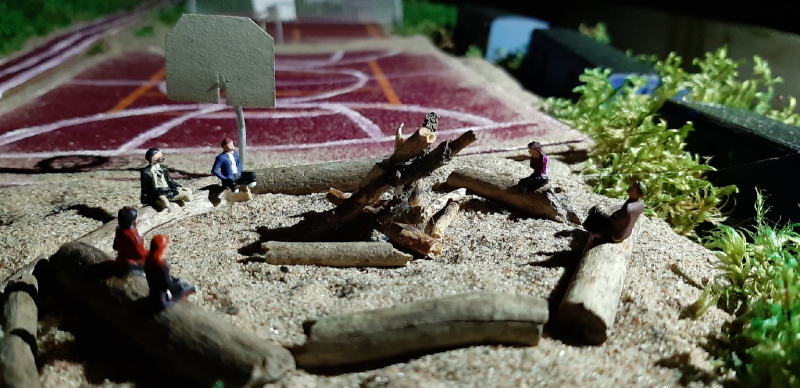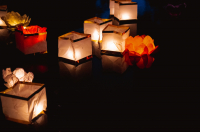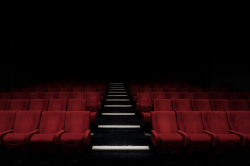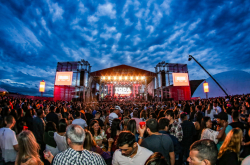The Yagodnoe sports and recreation center is situated in the Priozerskiy district of the Leningrad Oblast, eight kilometers away from the Losevo railway station, on the premises of a nature reserve of regional significance. The landscape’s uniqueness is created by a combination of pine woods, unearthly forms of glacial relief and pristine lakes.
Over dozens of years of its development, the center became an open platform for international, federal and interuniversity projects. It is here that annual tourist gatherings, strategic sessions, international exchange programs, and ecological projects are organized. For example, over the course of the last five years, the platform brought together the international participants of the camp Ecological Raids, coming from such countries as Germany, Italy, Spain and others.
Yagodnoe museum: 60 years of history
Marking the center’s 60th anniversary year, its complex was expanded with a museum. Today, it provides a comprehensive look at all the stages of the place’s development: its history, and the warm student memories, were gathered in the Yadodnoe Book. One wall displays Yadnoe’s directors throughout its long history. Another wall is dedicated to the events reel, hosting a large-scale photo archive collected over the 60 years of Yagodnoe’s existence. The museum was created by the efforts of a team of 15 people: among these were the staff of the center, and students from the Yagodka Club and the club Anything to Make Studio, who also take part in its development.
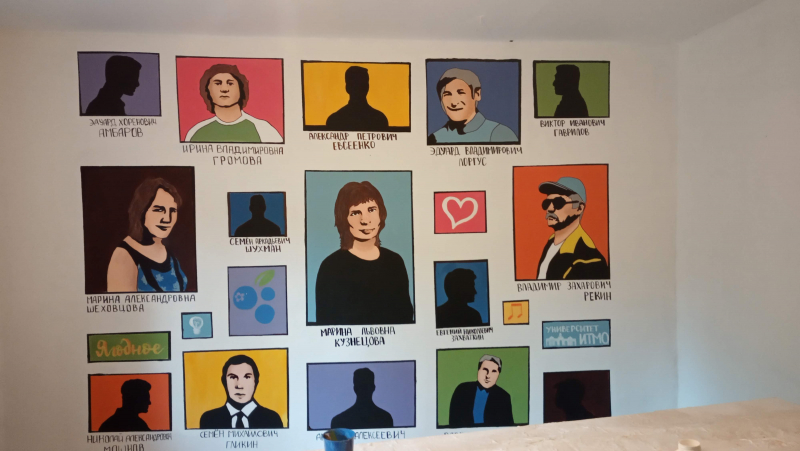
“The main goal of the museum is to preserve the history of this place. Many people who worked here some 60 years ago have passed away and cannot share their experiences anymore. This is why we decided to create such a museum, to collect and keep all the facts about Yagodnoe in one place so that anyone could come here and familiarize themselves with the history of the center,” shares Marina Kuznetsova, head of the Yagodnoe sports and recreation center.
The museum was founded in the summer of 2019. The participants of the opening ceremony made a “time capsule”, which will be opened on the 70th anniversary of the camp.
Main exhibit
The central place at the exhibition is given to a large layout of the camp. This is a six-square-meter ultra-realistic model, which includes all the buildings and natural objects in the camp’s territory.
The work on the project began with the drawing up of a sketch: as there are no detailed plans for each object, its authors had to photograph all buildings and create a detailed location map. A 3D model was built for all the buildings and constructions included in the layout, altogether amounting to 50 objects from wooden constructions to new houses, two buildings and a canteen, after which the developers printed all the elements on a 3D printer, says Egor Medvedev, an engineer and designer of the layout.
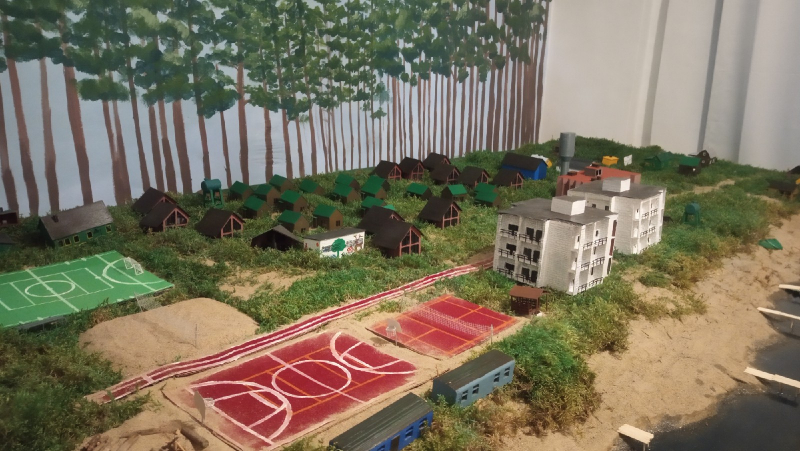
The authors of the project paid special attention to the landscape as well in order to keep it realistic. For example, you can see Lake Berestovoye, the pier and the flora of the place.
“In order to realistically recreate the landscape, we used various natural materials. For example, moss, which turned out to be pretty challenging. In the process, we learned to carefully collect it, not from the trees but from the rooftops, as this way it doesn’t harm the ecosystem. There are many ecologists in our team and we paid a lot of attention to this issue,” shares Yulia Usikova, head of the project. “In addition to that, we tried to work with epoxy resin for the first time ever in order to recreate the appearance and inner landscape of Lake Berestovoye.”
It has to be noted that the layout is not static: thanks to the electronic element assembled and programmed on Arduino, the spectators are able to take a glimpse at the life at Yagodnoe both by day and by night. Each little house is equipped with a lighting system, thanks to which we can view the objects in the dark.
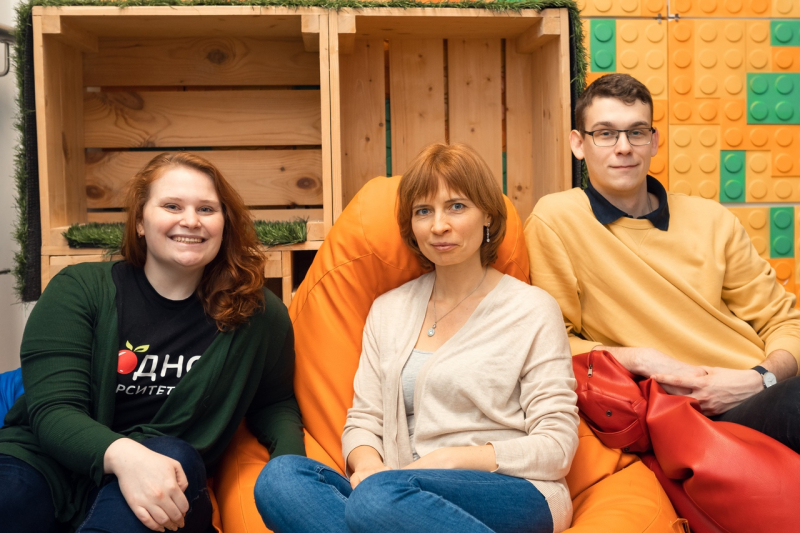
Last but not least, the layout is populated by the inhabitants of Yagodnoe. What’s more, many of the figurines were inspired by real people. For example, featured in the mini Yagodnoe were Eduard Lorgus, the founder of the camp, Vladimir Rekin, a long-serving coach who still actively participates in Yagodnoe’s life, and many others.
What’s next
The main part of the layout has already been completed. The only tasks that remain is to sort things out with the installation of the latest objects, as well as add characters and sound effects. However, the authors plan to further develop their project in the future.
When Yagodnoe was just being set up, the place was pitched with tents. Later, houses started popping up, and after a while, the camp came into its modern form, says Marina Kuznetsova. Now, the project represents a copy of the center as it is today, but going forward the layout’s authors plan to expand it with new elements to reflect all eras in the camp’s development.
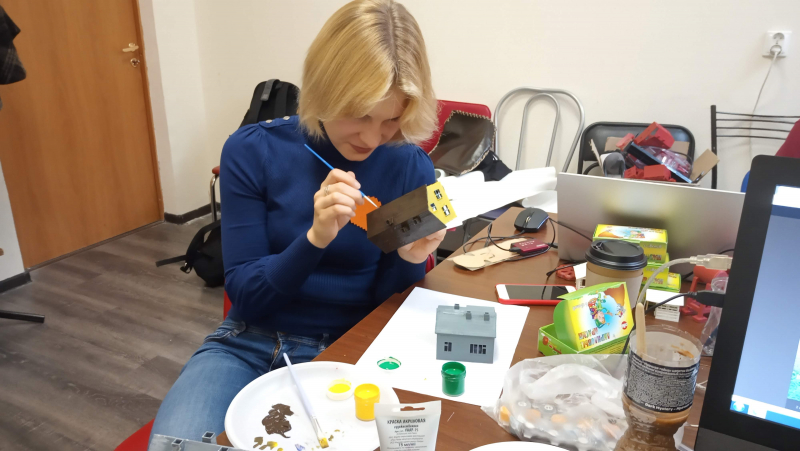
“We came up with the idea of the layout in November last year, and back then, anyone in our team had such an experience. So we basically had to create it from scratch. The main idea is Egor Medvedev’s: he came up with how to design and print all the houses, recreate the lake and all the landscape,” continues the head of Yagodnoe. “If you want to attend our museum, see the layout with your own eyes and learn about the history of this place, you’re welcome.”
Apart from that, graduates can also make their contribution to the development of the Yagodnoe Book, which is available online. If you have a story about your time at the camp and want to share it, contact the Yagodnoe community and it will be added into the book.
